Phoenix canariensis two years later
mike_el_paso
18 years ago
Related Stories
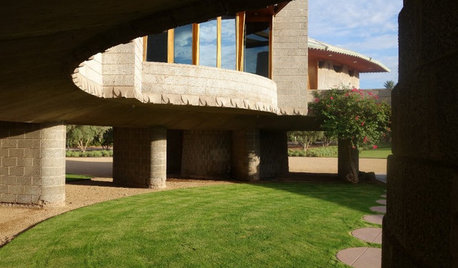
FRANK LLOYD WRIGHTStep Inside a Frank Lloyd Wright House Saved From Demolition
The historic Phoenix property is now part of the architect’s school at Taliesin, where it will be used as a design lab
Full Story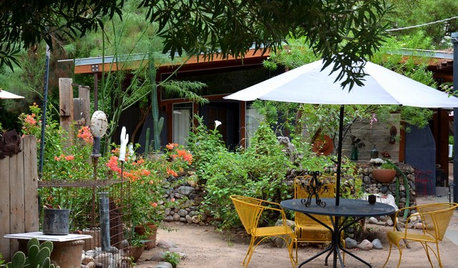
LANDSCAPE DESIGNAn Artist’s Garden Delights With Beauty and Whimsy
Step into this Phoenix garden, where history, color and the unexpected are waiting to be discovered
Full Story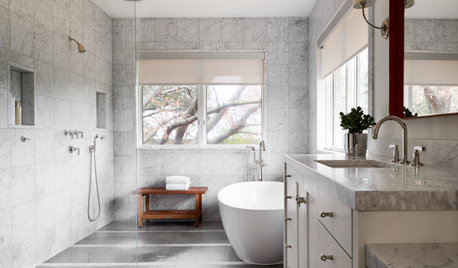
BATHROOM DESIGNDoorless Showers Open a World of Possibilities
Universal design and an open bathroom feel are just two benefits. Here’s how to make the most of these design darlings
Full Story
LIFERetirement Reinvention: Boomers Plot Their Next Big Move
Choosing a place to settle in for the golden years? You're not alone. Where boomers are going and what it might look like
Full Story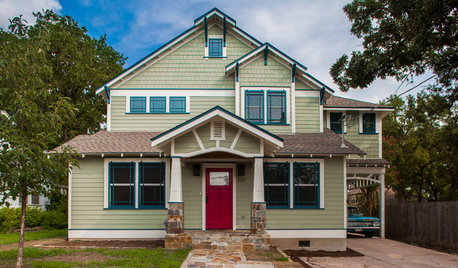
CRAFTSMAN DESIGNHouzz Tour: A Craftsman Cottage Expands for a Growing Family
Not wanting to give up a house full of memories, a Texas family chooses to build up and out
Full Story
GARDENING GUIDESGreat Design Tree: Australian Tea Tree
A living sculpture with an unmistakable appearance, this coastal native creates an intriguing landscape scene
Full Story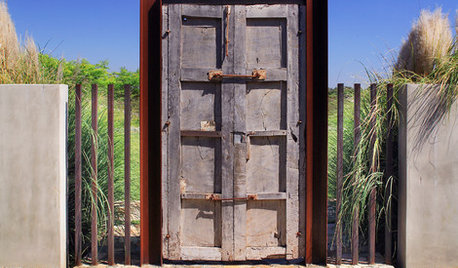
MATERIALSMesquite: The Brawny Beauty for All Over the Home
Denser than other hardwoods and sporting beautiful coloration, mesquite makes a fine material for flooring, countertops, furniture and more
Full Story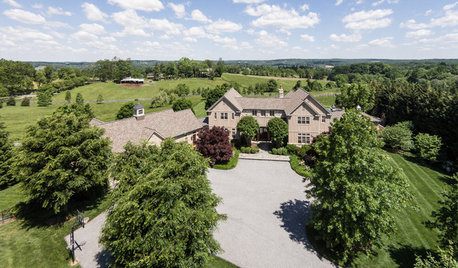
HOME TECHThe Inevitable Future of Drones Around Your Home
As Google joins the push for airborne deliveries, it seems only a matter of time before neighborhoods are buzzing with drones. Is that OK?
Full Story
LIFETell Us: Do You Know How to Live With Your Parents?
If you've tried multigenerational living under one roof, we'd love to hear the details
Full Story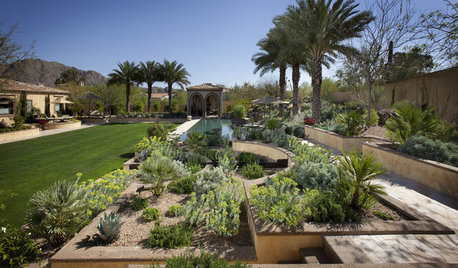
GARDENING GUIDESSouthwest Gardener's October Checklist
Softer light and milder weather make desert gardens a real joy this month, but watch the water and don't forget to plan
Full Story





desertlvr
adp_abq
Related Professionals
Piqua Landscape Architects & Landscape Designers · Manchester Landscape Contractors · Wakefield Landscape Contractors · Apollo Beach Landscape Contractors · Blue Springs Landscape Contractors · Eagle Landscape Contractors · El Mirage Landscape Contractors · Holtsville Landscape Contractors · Medford Landscape Contractors · Mission Bend Landscape Contractors · Pleasant Grove Landscape Contractors · Riverhead Landscape Contractors · Saint Paul Landscape Contractors · South Portland Landscape Contractors · Chicago Ridge Landscape Contractorsmike_el_pasoOriginal Author
adp_abq
mike_el_pasoOriginal Author
desertlvr